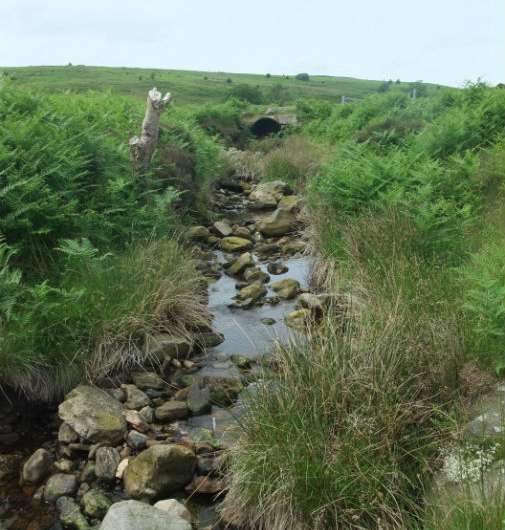Stream bugs suggest pollution recovery in North York Moors

A surprising diversity of bugs recorded in upland streams in northern England may indicate a recovery from past acid pollution, according to scientists at the University of York.
Surveying 16 stream catchments in the North York Moors National Park – historically one of the worst acid water pollution sites in the UK – researchers found a higher diversity of invertebrates than expected and faunas indicative of unpolluted waters.
Previous water quality surveys have shown very acidic stream waters and high levels of toxins such as aluminium, especially in catchments that were forested after the Second World War.
Little was previously known about how pollution might have affected invertebrates inhabiting these streams, which are the basis of the aquatic food chain.
Surprising results
Sam Jones, a graduate from the Department of Biology who conducted the sampling as part of his placement year at the National Park, said: "These results are the opposite of what we expected. Taking invertebrate samples from several forest streams and moorland streams, and comparing the faunas, we surprisingly found a higher diversity of invertebrates in the forested catchment streams rather than in the moorland area. The forested streams also had more diverse faunas indicative of lower pollution than the moorland streams."
Dr Peter Mayhew, Senior Lecturer in the Department of Biology, added: "Our findings raise two new mysteries. First, why are the stream faunas by conifer plantations so diverse? New management strategies may partly explain this - the Forestry Commission no longer plant conifers along stream-sides, creating buffer zones that may reduce pollution inputs. They also use log dams to slow the stream flow, which may also benefit invertebrates."
"The second mystery is why the moorland streams were not more polluted. One possibility is that acid pollution is reducing over time and water quality is generally on the rise.
Longer-term studies needed
"However, we have to be cautious. Longer-term studies are needed to see if these communities persist over several years and one bad pollution incident could change everything.
"Nonetheless, our findings appear to be good news for stream life on the North York Moors, and I hope we see more of these bugs in the future."
More information: A comparison of upland stream invertebrates in moorland and coniferous woodland in North York Moors National Park, UK. www.tandfonline.com/eprint/C2G … FsHKzWBXB3CkIAg/full
Provided by University of York



















